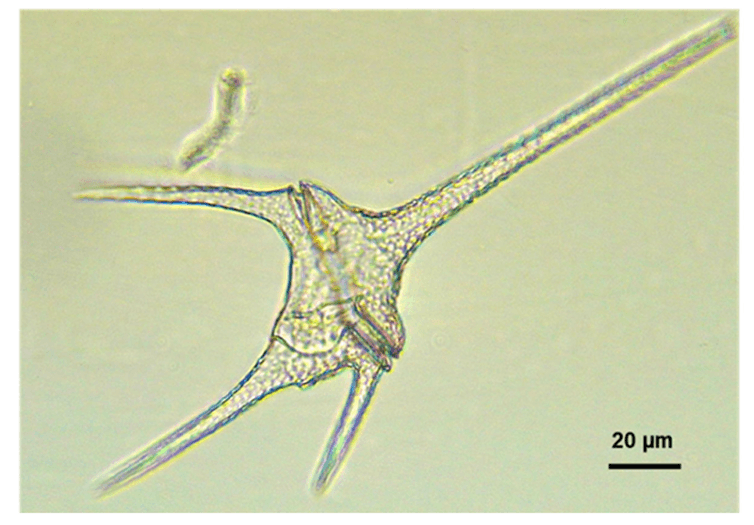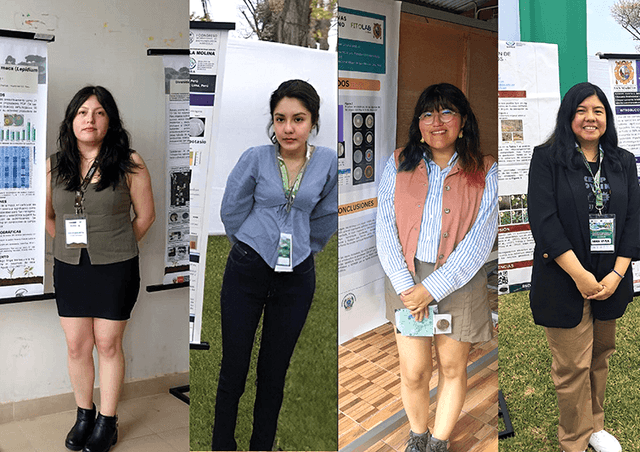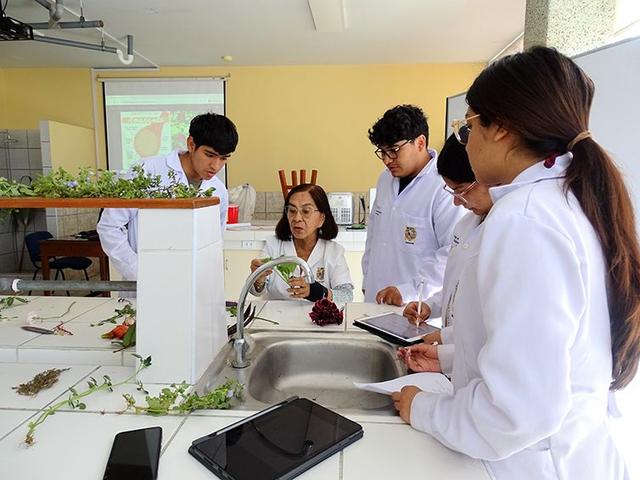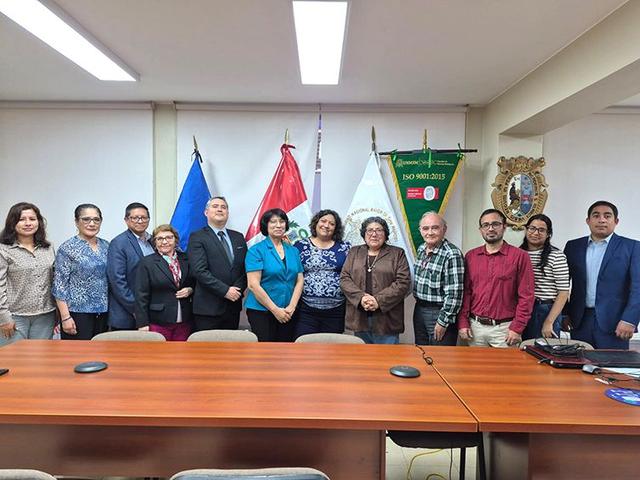Tesistas de Microbiología y Parasitología de la UNMSM destacan como expositoras en eventos científicos nacionales

Revista: Diversity
DOI: https://doi.org/10.3390/d17080560
Autores, profesores de la FCB: Maribel Baylón y Jorge L. Ramirez
Abstract:
The monitoring of algal communities has traditionally relied on optical microscopy. However, this technique is time-consuming and requires significant expertise to accurately identify species. In recent years, molecular techniques such as environmental DNA (eDNA) metabarcoding have facilitated the identification of algal communities. This study aims to compare both approaches for assessing planktonic microalgal communities in three areas of Lake Titicaca, using inverted light microscopy and eDNA metabarcoding. We found that the taxonomic composition obtained using the two methods differs significantly for Bacillariophyta, Chlorophyta, Charophyta, and Cyanobacteria, although genus- and order-level richness was similar across both approaches. A pronounced shift in species composition between techniques was revealed, with few shared genera and a high proportion of unassigned sequences (>50%) for Bacillariophyta. While microscopy provided more accurate estimates of microalgal density, metabarcoding revealed greater diversity, particularly among nanoplanktonic microalgae from the phyla Cryptophyta, Ochrophyta, Haptophyta, and Rhodophyta. To improve the accuracy and complementarity of these methodologies, it is essential to expand regional reference databases and work toward standardizing both approaches, allowing them to be used synergistically rather than independently.



